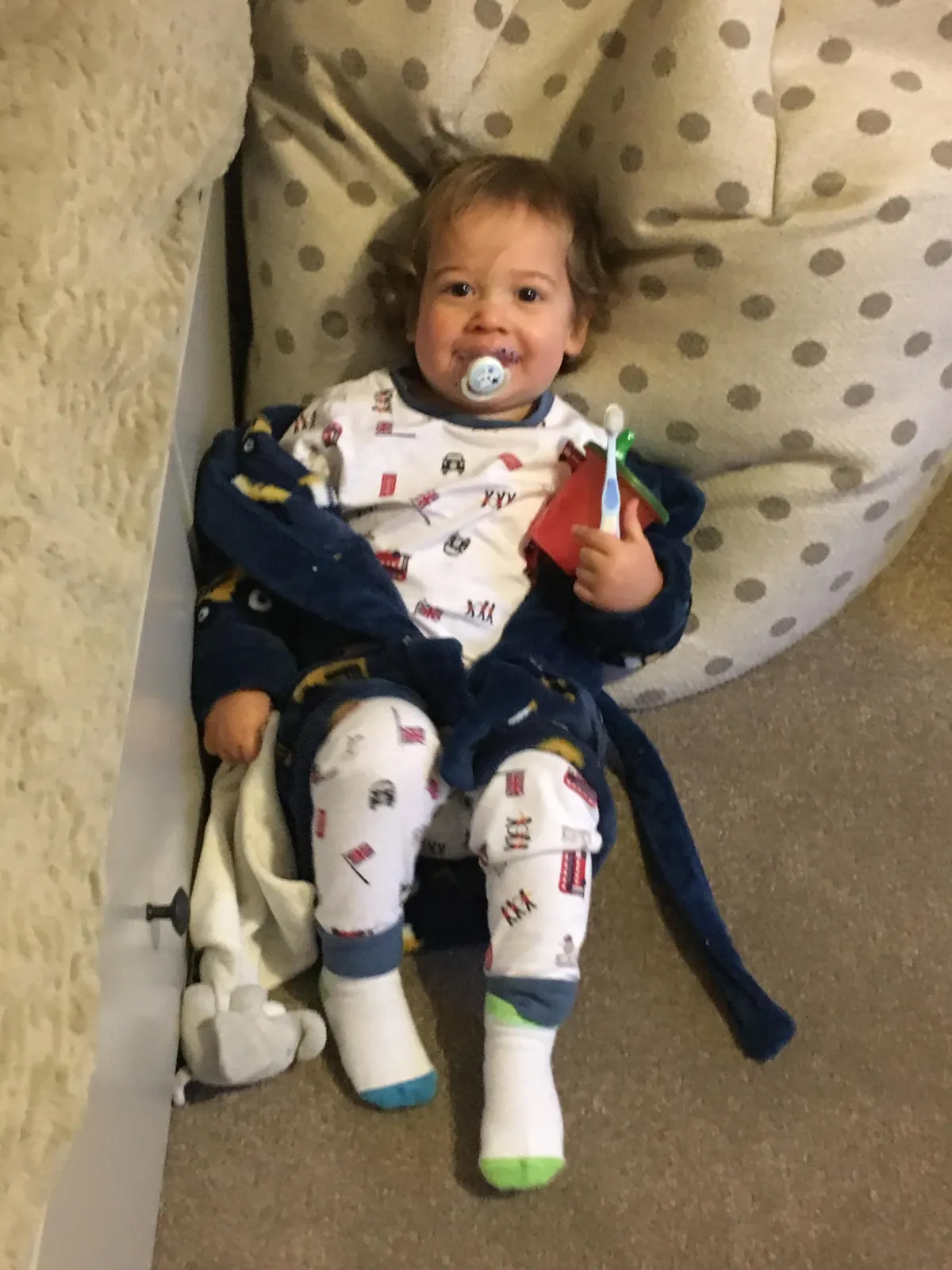
Should I Ditch the Dummy?
How to Know When (and How) to Say Goodbye to the Pacifier — Without the Drama
If your little one loves their dummy (or pacifier), you're likely wondering what to do next and whether it’s still serving your family’s sleep. The good news? There’s no right or wrong, only what works best for your baby and your current season of parenting.
Dummies can be a fantastic tool in the early months, offering comfort, supporting natural reflexes, and even reducing the risk of SIDS. But for many families, there comes a point where that trusty soother becomes more of a sleep disruptor than a helper.
Here’s what you need to know from an expert (and fellow parent) who’s coached hundreds through this exact transition.
✅ The Benefits of a Dummy (Especially for Babies Under 6 Months)
Using a dummy can feel like a total game-changer in those early weeks — and it often is. Some of the well-documented benefits include:
Soothing Comfort - Helps settle your baby by satisfying their natural sucking reflex.
Reduced SIDS Risk - Research shows dummy use during sleep may reduce the risk of Sudden Infant Death Syndrome.
Support with Self-Soothing - A dummy can sometimes help your baby fall asleep more independently.
But like most parenting tools, the benefits shift as your baby grows…
🚩 When a Dummy Becomes a Sleep Crutch
If your baby can’t fall back to sleep without the dummy and needs you to pop it back in, you might find yourself doing the infamous “dummy run” several times a night. That’s a sign the dummy has become a sleep association, or crutch.
Sound familiar? Many parents find themselves in this situation and it’s totally okay. There are kind, effective ways to support your little one through the next stage.
🍼 How to Use a Dummy Without Creating Dependency
If you’re not quite ready to ditch the dummy, or you feel it’s still helpful, here are a few tips to avoid reinforcing unwanted habits:
Don’t Replace It Automatically – Once your baby is asleep, if the dummy falls out, resist the urge to pop it back in. This helps reduce reliance.
Teach Dummy Independence – Around 8–10 months, when your baby can use a pincer grip, encourage them to find and replace it themselves:
Show them where it is.
Place it in their hand at first.
Keep a few scattered in the cot for easier access.
Too Young to Replace It? – If your baby can’t do this yet, try not to replace the dummy once asleep. Use gentle reassurance like stroking or shushing. Yes, this can take a little more effort short term — but it pays off big time in the long run.
❓When Is the Right Time to Ditch the Dummy?
This is a personal decision, and there’s no one timeline that fits all. But as a general guide:
From 6 months - The sucking reflex begins to fade.
From 12 months - The SIDS risk is reduced and dummies may start to interfere with speech, feeding, or self-settling.
If you’ve noticed the dummy is causing more sleep disruptions, it may be time to move on and that’s okay.
🧸 How to Ditch the Dummy Gently and Effectively
💥 Option 1: Cold Turkey
There’s no real way to “wean” from the dummy it’s usually an all-or-nothing shift. And in many cases, the anticipation is worse than the reality. Trust that your child can handle the change, they’re often far more capable than we give them credit for.
🎁 Option 2: Make it Magical
For toddlers or older babies, a fun farewell ritual can make all the difference:
The Dummy Fairy collects dummies for new babies.
Santa or the Easter Bunny swaps them for a gift.
“Baby Dinosaurs” leave a small surprise in exchange.
Create a simple story that feels relevant to your child’s interests - it doesn’t need to be overly emotional or sad. Just calmly explain the change, and offer lots of praise and reassurance.
🐘 Swap in a New Comfort
Younger children may need extra support in those first few days. You could try:
A soft comforter or cuddly toy at sleep time.
Gentle touch (patting, shushing, stroking).
A musical mobile or lullaby.
You can even use a transitional comforter like,which still smells like their dummy but eases them toward independent settling.
🚫 No Going Back
Once the dummy is gone, stay firm. Bringing it back after a tough night only makes the process harder for everyone involved.
Yes, your little one may protest at first, and / or need additional comfort that first night or two - that’s totally natural. But with consistency, they’ll adapt more quickly than you expect, normally by night 3 the dummy is long forgotten!
💬 Final Words of Encouragement
Letting go of the dummy can feel like a big step — especially if you’re feeling exhausted or unsure. But if you’re questioning whether it’s time, you’ve likely already got your answer.
Many families go through this phase, and with the right tools and support, you absolutely can navigate it smoothly.
If you’d love more personalised support, my 1:1 coaching or membership might be the perfect next step. You don’t have to do this on your own.
Contact me on: [email protected]

